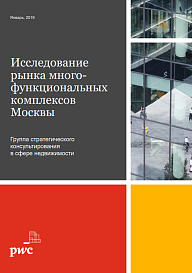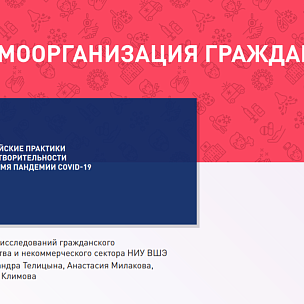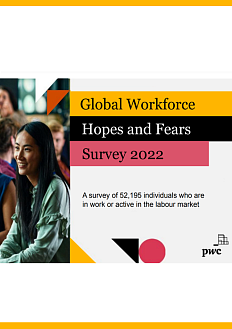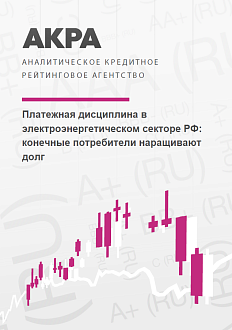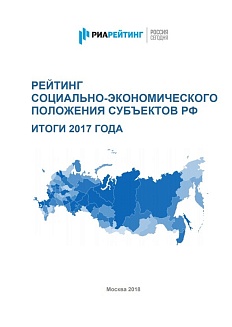There are two types of mixed-use complexes:
- In the vertical type, different functions are combined in a single building, with premises intended for public use (such as public catering, retail, etc) located at lower floors and those for private use (apartments, offices, hotel rooms) at upper floors.
- In the horizontal type, separate buildings form a single project by being integrated with each other via public spaces and landscaped areas. Another feature of horizontal zoning is the compactness of the territory, meaning that it must be possible to reach any adjacent building in 10 minutes on foot, i.e. the total area of the complex must not exceed 50 hectares.
The study covered 18 complexes (excluding the Moscow City international business center), of which 13 are operational. The largest of these are the World Trade Center (270 thousand square meters), the Vodny complex (212 thousand square meters), and the Four Seasons complex (187 thousand square meters). The largest sites under construction are the mixed-use complex at the Park Pobedy transportation hub (237 thousand square meters) and the mixed-use complex on Aminyevskoye Shosse (125 thousand square meters). Another growing trend in the market segment of mixed-use development is a diversification of functions. The rise of the sports and educational categories is the most noticeable — their share reaches 9% now (including the VTB Arena project) compared to a former 1% of the total area.
Russian mixed-use complexes are likely to develop in a way similar to that of their foreign counterparts, i.e. spread from the premium segment to more affordable. While today the greatest number of mixed-use projects are concentrated in Moscow city center, construction is likely to shift to the Third Ring Road and the largest business clusters in the medium term.
In the long term, the mixed-use development approach will be applied not only to buildings but also to land plots and territories. Even now, municipalities are considering spatial development from the viewpoint of increasing the number of functions, creating public spaces, and expanding pedestrian areas. This will only be possible through the synergy achieved by combining different uses of the development.


